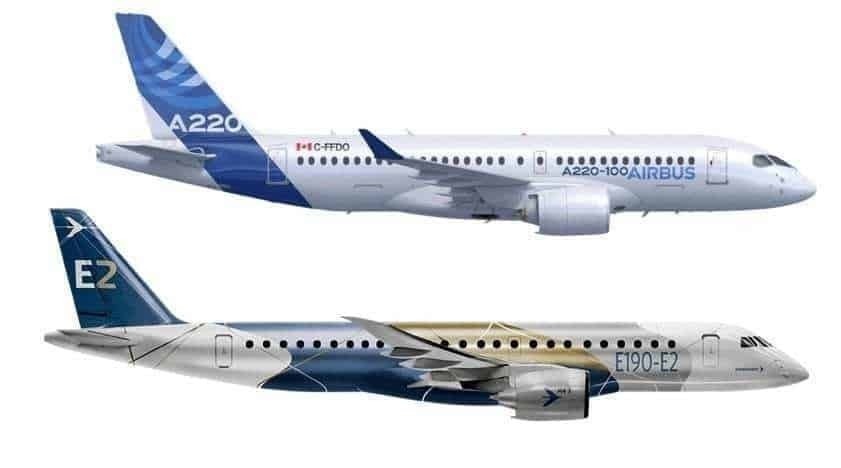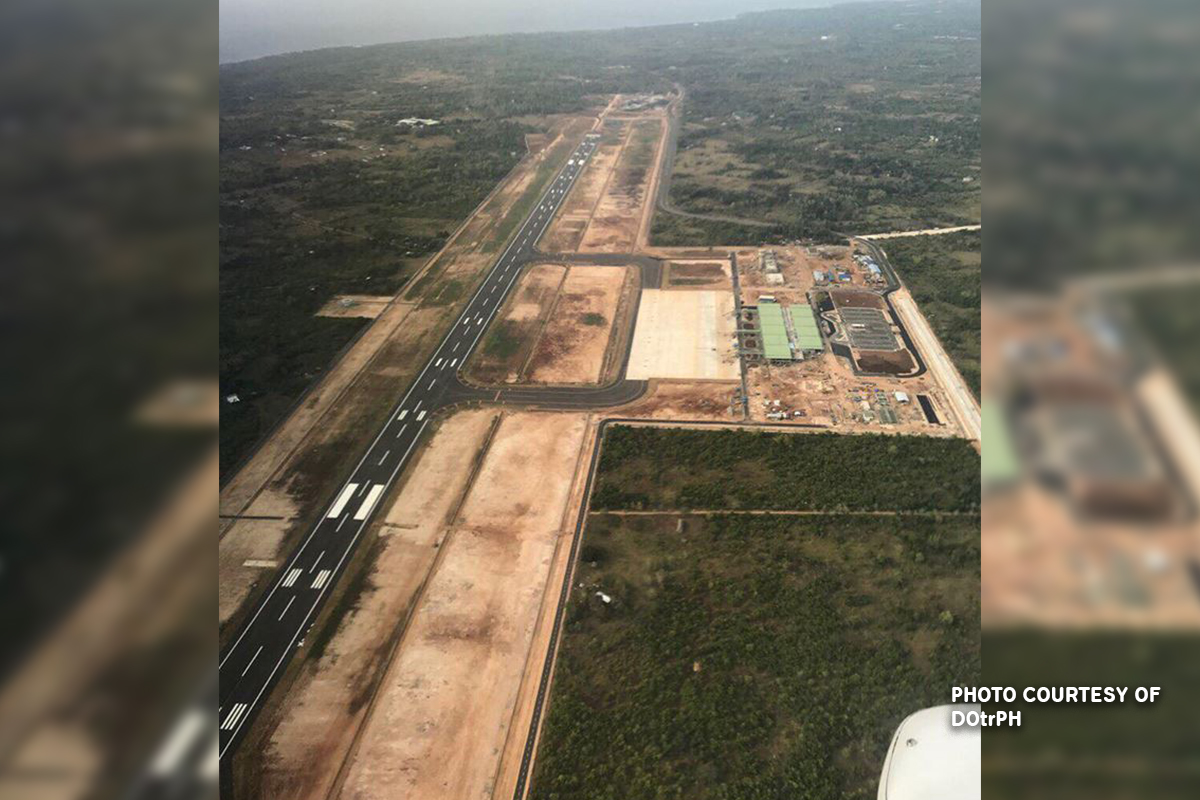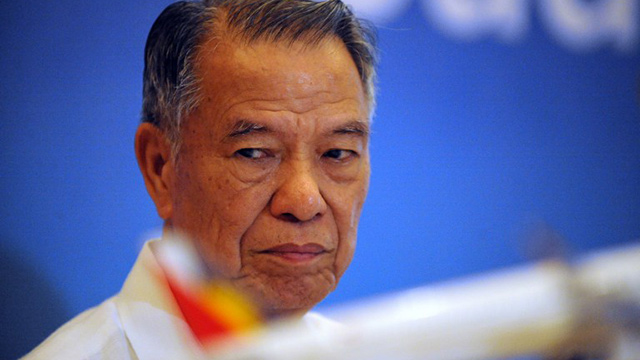30 July 2019

Flag carrier Philippine Airlines (PAL) has appointed Los Angeles-based Gilbert Santa Maria as its new President and Chief Operating Officer, following the retirement of Jaime J. Bautista.
Santa Maria's appointment was approved by the PAL Board of Directors yesterday. He previously served as COO of IBEX Global Solutions, a BPO Company based in Washington DC, managing 13,000 employees worldwide.
Santa Maria whose work begins August 1 said his priorities would include maintaining the airline’s current quality of service as well as profitability.
“I’ve been across multiple industries so I’m not intimidated by industry change. This is day one for me. We have a lot of work to do,” he said.
Santa Maria said his appointment came as a shock for him since he has been living “on the other side of the Pacific.” “So for me this is coming home. I guess leaders from Mindanao are ‘in’ these days. I’m from Mindanao. I was born in Butuan, grew up in Cagayan de Oro,” he said.
“For a president, you don’t have to be an airline guy. You just have to know how to manage people, and then make everybody work together. So he has a good background in management. He has managed a lot of companies, foreign and local,” PAL vice chairman Lucio “Bong” Tan Jr. said.
Tan Jr. said Santa Maria was recommended by his father, the airline’s chairman tycoon Lucio Tan, and some other people. The 15-man PAL Board had “unanimously approved” the choice of Gilbert Santa Maria, a “handpicked nominee of PAL Chairman and CEO Dr. Lucio C. Tan,” as President and Chief Operating Officer.
Santa Maria has a Master’s in Public and Private Management from the Yale University School of Management and a BS in Electrical Engineering from the University of the Philippines in Diliman.
“The chairman ordered that the new president works with the vice chairman, yours truly, and then the whole corporate governance committee, which is consisted of eight members and we added two more independent directors to beef up the whole committee. From now on, it’s going to be those three bodies that will drive PAL to move forward,” Mr. Tan said.









